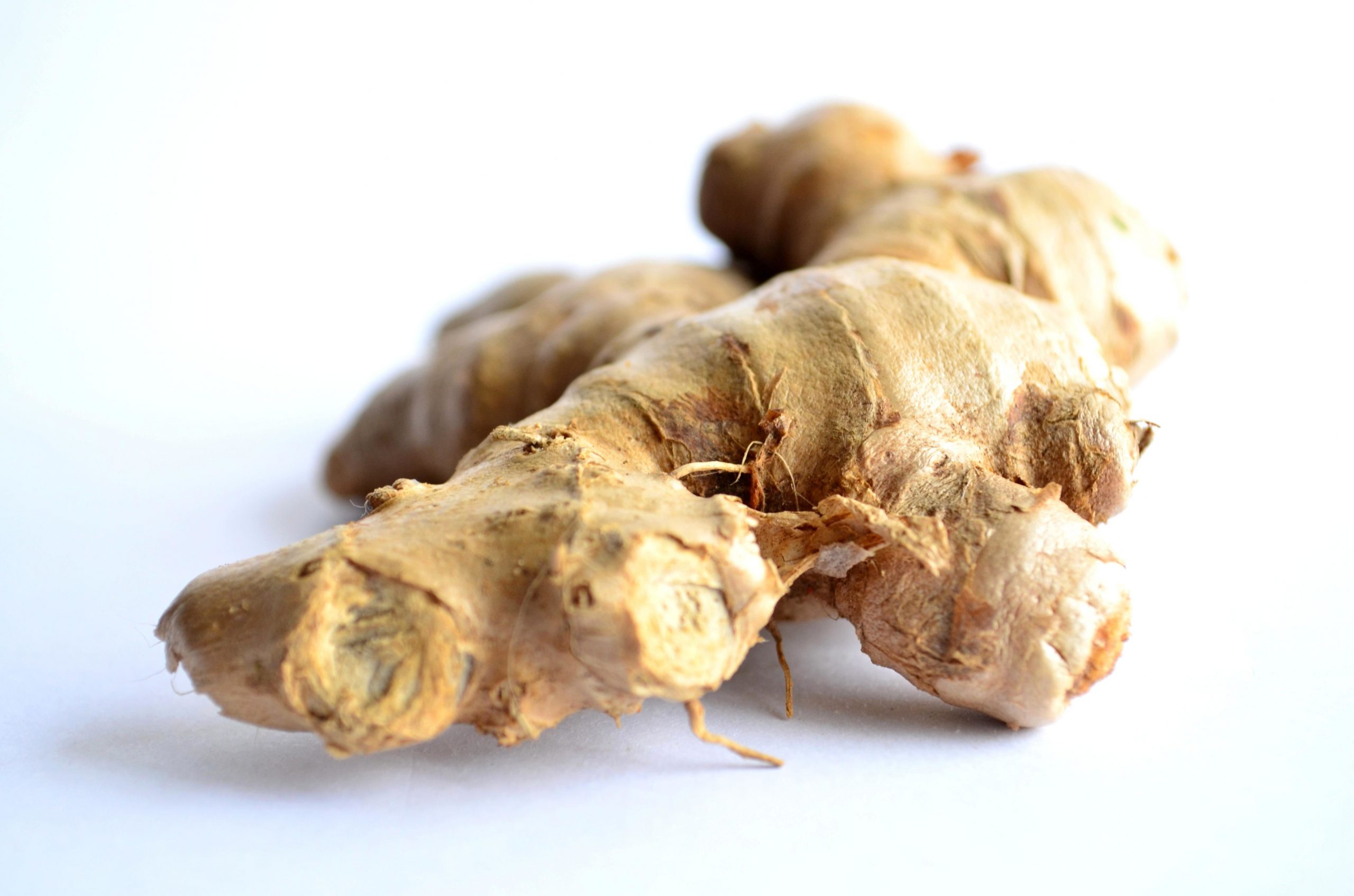
Hello, keto enthusiasts! Get ready to spice up your keto journey with the wonders of ginger. In this post, we’ll explore the various health benefits of ginger, delve into its detailed nutritional profile, and provide you with creative and delicious ways to incorporate this powerful spice into your keto meals. Let’s discover the incredible potential of ginger and how it can enhance your keto lifestyle! 🌶️🌱
Understanding the Health Benefits of Ginger 🌿🔬
Ginger has been used for centuries for its medicinal properties. Let’s delve into the remarkable health benefits of ginger and understand why it is a fantastic addition to your keto lifestyle:
- Anti-Inflammatory Properties: Ginger contains bioactive compounds called gingerols, which possess potent anti-inflammatory effects. These compounds help reduce inflammation in the body, making ginger beneficial for individuals with conditions such as arthritis, inflammatory bowel disease, or other inflammatory disorders. By incorporating ginger into your keto meals, you can potentially alleviate inflammation-related symptoms.
- Digestive Aid: Ginger has long been recognized for its digestive benefits. It can help alleviate various digestive issues, including indigestion, bloating, and nausea. Ginger stimulates the production of digestive enzymes, enhances nutrient absorption, and promotes a healthy digestive system. This can be particularly helpful during the initial transition to a keto diet when digestive adjustments may occur.
- Antioxidant Power: Ginger is rich in antioxidants that combat oxidative stress and protect the body against free radicals. These antioxidants contribute to overall health by reducing cellular damage, supporting the immune system, and potentially reducing the risk of chronic diseases. By incorporating ginger into your keto diet, you can increase your antioxidant intake and support your body’s defense against harmful free radicals.
- Metabolism Boost: Ginger has thermogenic properties, meaning it can increase your metabolic rate and promote fat burning. By boosting your metabolism, ginger may aid in weight management and support your keto goals. While ginger is not a magic weight loss solution, it can be a helpful addition to a balanced keto diet and an active lifestyle.
Exploring the Nutritional Profile of Ginger 📊🌿
Ginger not only offers health benefits but also provides essential nutrients that contribute to its therapeutic properties. Let’s explore the detailed nutritional profile of ginger:
- Macronutrients: Ginger is low in calories and carbohydrates, making it a keto-friendly spice. In one tablespoon (5 grams) of fresh ginger, you’ll find approximately 4 calories, less than 1 gram of carbohydrates, and a negligible amount of fat and protein.
- Fiber: Ginger contains dietary fiber, which is beneficial for digestive health, blood sugar management, and maintaining a feeling of fullness. However, the fiber content in ginger is relatively low, so it’s important to incorporate other fiber-rich foods into your keto diet.
- Vitamins and Minerals: Ginger provides a modest amount of essential vitamins and minerals. It is a good source of vitamin C, which supports immune function and collagen synthesis. Additionally, ginger contains small amounts of vitamin B6, potassium, manganese, and magnesium, which play important roles in various bodily functions.
Creative Ways to Incorporate Ginger into Your Keto Meals 🍽️🧡
Now that we understand the health benefits and nutritional profile of ginger, let’s explore some creative and delicious ways to incorporate this spice into your keto meals:
- Ginger Infused Beverages: Brew a cup of ginger tea by steeping freshly grated ginger in hot water. You can also add ginger to herbal teas or combine it with lemon and mint for a refreshing twist. Ginger can also enhance the flavor of keto-friendly smoothies and shakes, adding a zesty kick to your beverages.
- Ginger Stir-Fries and Curries: Sauté or stir-fry your favorite keto-friendly vegetables, proteins, and spices with grated or minced ginger for a burst of flavor. Ginger pairs exceptionally well with garlic, soy sauce, and other Asian-inspired seasonings. It adds a delightful warmth to your dishes while providing a host of health benefits.
- Ginger-Spiced Meats: Marinate your meats, such as chicken, beef, or shrimp, with a blend of ginger, garlic, herbs, and keto-friendly oils. Let the flavors infuse for a few hours before grilling or baking. Ginger adds a unique depth of flavor to meats and can make your keto-friendly protein options even more enjoyable.
- Ginger Dressings and Sauces: Create your own ginger-based dressings and sauces for salads, roasted vegetables, or grilled meats. Combine fresh ginger, vinegar, oil, low-carb sweeteners like stevia or erythritol, and a touch of soy sauce or tamari for a zingy and aromatic dressing.
- Ginger-Spiced Keto Treats: Incorporate ground ginger into your homemade keto desserts, such as cookies, muffins, or energy balls. Ginger adds a warm and spicy flavor that complements other keto-friendly ingredients like cinnamon, nutmeg, and dark chocolate. Enjoy a guilt-free treat with a delightful ginger twist.
Tips for Using Ginger in Your Keto Cooking 🌶️👩🍳
To make the most of ginger in your keto cooking, consider the following tips:
- Fresh vs. Ground Ginger: Fresh ginger offers a more intense and vibrant flavor, while ground ginger is convenient and has a longer shelf life. Experiment with both forms to find your preferred taste and convenience. As a general guideline, use approximately one tablespoon of freshly grated ginger to replace 1/4 teaspoon of ground ginger.
- Storing Fresh Ginger: Keep fresh ginger in the refrigerator or freeze it to extend its shelf life. To freeze ginger, peel and chop it into small pieces or grate it, then store it in an airtight container or freezer bag. Frozen ginger can be used directly in recipes, and it will keep for several months.
- Experiment and Adjust: Start with small amounts of ginger and gradually increase as per your taste preferences. Ginger can have a strong flavor, so it’s important to balance it with other ingredients in your dishes. Adjust the quantity according to your personal preferences to find the perfect flavor balance.
Embrace the Flavors and Benefits of Ginger on Your Keto Journey 🌶️🌱
Ginger is a powerhouse spice that brings both incredible flavors and remarkable health benefits to your keto lifestyle. From its anti-inflammatory and digestive properties to its potential metabolism-boosting effects, ginger is a valuable addition to your keto meals. Experiment with the various ways to incorporate ginger into your cooking and savor the delightful flavors and health benefits it brings to your keto journey. Let ginger spice up your keto lifestyle and enhance your culinary experiences! 🔥🌿










